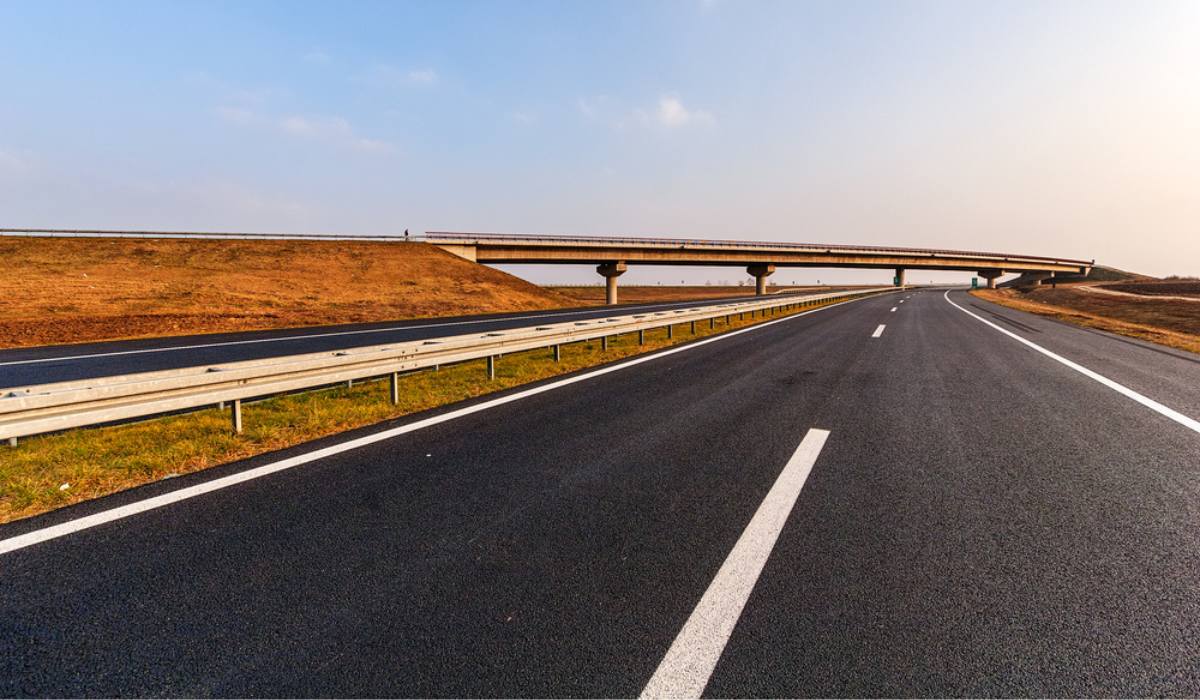Picture this. You’re coasting down a long stretch of highway, red dust rising in the rearview mirror, the horizon shimmering in that familiar Australian heat. Beneath your tyres? A Bitumen Road. Smooth enough to keep your coffee steady, tough enough to handle trucks hauling cattle or caravans on a cross-country adventure.
And yet, nobody claps for a road. They’re just… there. Until, of course, there’s a pothole. Funny how the things that keep a country ticking are the ones we rarely notice.
Bitumen: The Why Behind the Blacktop
Why a Bitumen Road and not concrete? The answer is almost boring in its practicality—it bends where concrete cracks. Australia’s climate throws tantrums: blistering summers, sudden floods, frost in the highlands. Bitumen flexes, shifts, holds on a little longer before giving in.
And let’s be real—it’s cheaper, faster to lay, and easier to fix. It’s the reliable old ute of road surfaces. Not flashy, not delicate. Just get the job done.
Roads as an Invisible Economy
There’s another angle most people forget. A Bitumen Road isn’t just asphalt and tar—it’s an economic artery. Every truck delivering fresh produce, every tourist weaving along the Great Ocean Road, every tradie’s van bouncing between sites… they’re all running smoother, faster, cheaper because of bitumen.
A well-laid stretch means less fuel wasted, fewer tyres worn down, fewer hours lost in transit. Invisible savings that quietly stack up into billions. Roads don’t just connect towns. They grease the wheels of the economy.
Cracks, Potholes, and Patience
Let’s be honest—every driver curses roadworks. But here’s the catch. Ignore those tiny cracks, and a Bitumen Road turns ugly fast. Water seeps in, traffic pounds down, and suddenly you’ve got a pothole the size of a wheelie bin.
That’s why you see crews out there with rollers, sprayers, and steaming asphalt in the middle of summer. They’re not an inconvenience—they’re buying years of life for that stretch of road. Neglect it, and the costs multiply. We all pay in the end.
The Phoenix Road: Recycling Asphalt
This bit always fascinates me. Old roads don’t always die. More often, they’re reborn. A worn-out Bitumen Road can be milled up, crushed, reheated, and mixed into a fresh surface. It’s called RAP—Recycled Asphalt Pavement—and it’s as practical as it is poetic.
Think about it. The highway you’re driving today might be carrying fragments of the one your grandparents took decades ago. The road lives on, just reshaped. There’s something oddly comforting about that.
Beyond Cities: The Lifelines Nobody Talks About
In Sydney or Melbourne, you barely think about roads. But head out to remote Queensland, the Northern Territory, or far-west WA, and you realise how critical a Bitumen Road really is.
It’s not just asphalt. It’s access to hospitals, schools, groceries. It’s farmers getting cattle to market before heat sets in. It’s tourists braving the outback without fear of being stranded in sand.
A dusty track can isolate. A Bitumen Road can connect. And connection, in the middle of nowhere, can mean survival.
The Great Debate: Concrete vs. Bitumen
Engineers never tire of this one. Concrete lasts longer, they say. Bitumen’s cheaper and more flexible, others counter. The truth? Both matter, but context wins. For sprawling highways cutting across unpredictable terrain, the Bitumen Road is king. For tight, high-stress intersections in cities, concrete sometimes takes the crown.
It’s not a rivalry. It’s a toolkit. You don’t use a hammer for every job, and you don’t pour concrete where bitumen works better.
Roads of Tomorrow
Here’s the part that makes me grin. The Bitumen Road isn’t done evolving. Warm-mix asphalt is lowering emissions during construction. Some mixes are self-healing—yep, a road that literally seals its own cracks. Others are embedded with sensors to tell crews when and where repairs are needed.
On the surface, it’ll still look like the same black ribbon across the landscape. Underneath? Smarter. Greener. Tougher.
Why It Matters
Because a road is never just a road. It’s an uncelebrated stage for millions of small journeys. School drop-offs. Freight runs. Family holidays. Emergency trips. All of it carried, quietly, by the Bitumen Road beneath us.
Next time you’re out there, somewhere between the city and the silence of the bush, take a moment. Look at that long black strip stretching ahead. It’s more than tar and stone. It’s a lifeline. A quiet hero. A story we’re all writing with every kilometre we travel.
Final Word
The Bitumen Road from Roadseal Civil won’t ever make headlines. It won’t flood your Instagram feed. But it’s one of those unsung things that hold Australia together. From city freeways to outback connectors, from runways to rural tracks—it’s the glue of movement, commerce, and connection.
And maybe, just maybe, that deserves a little nod of respect.





